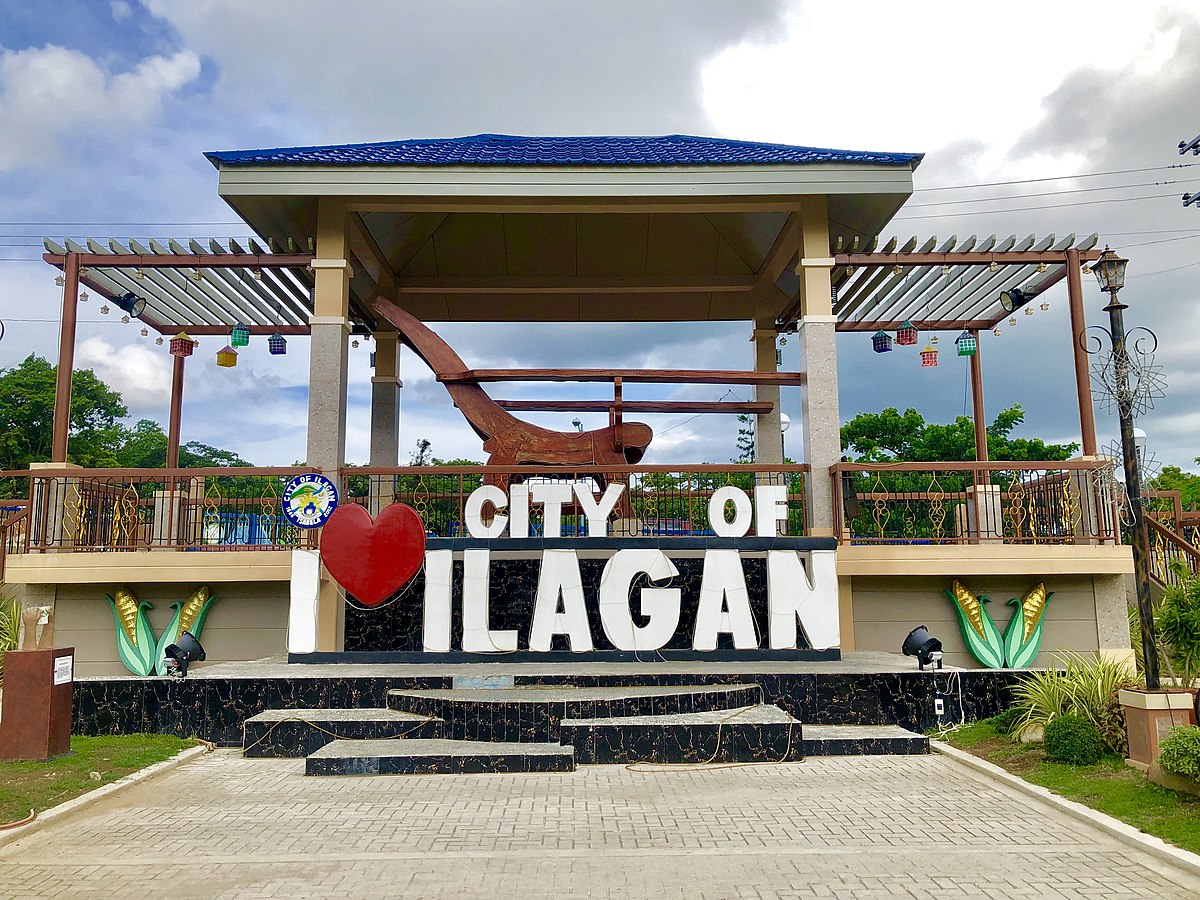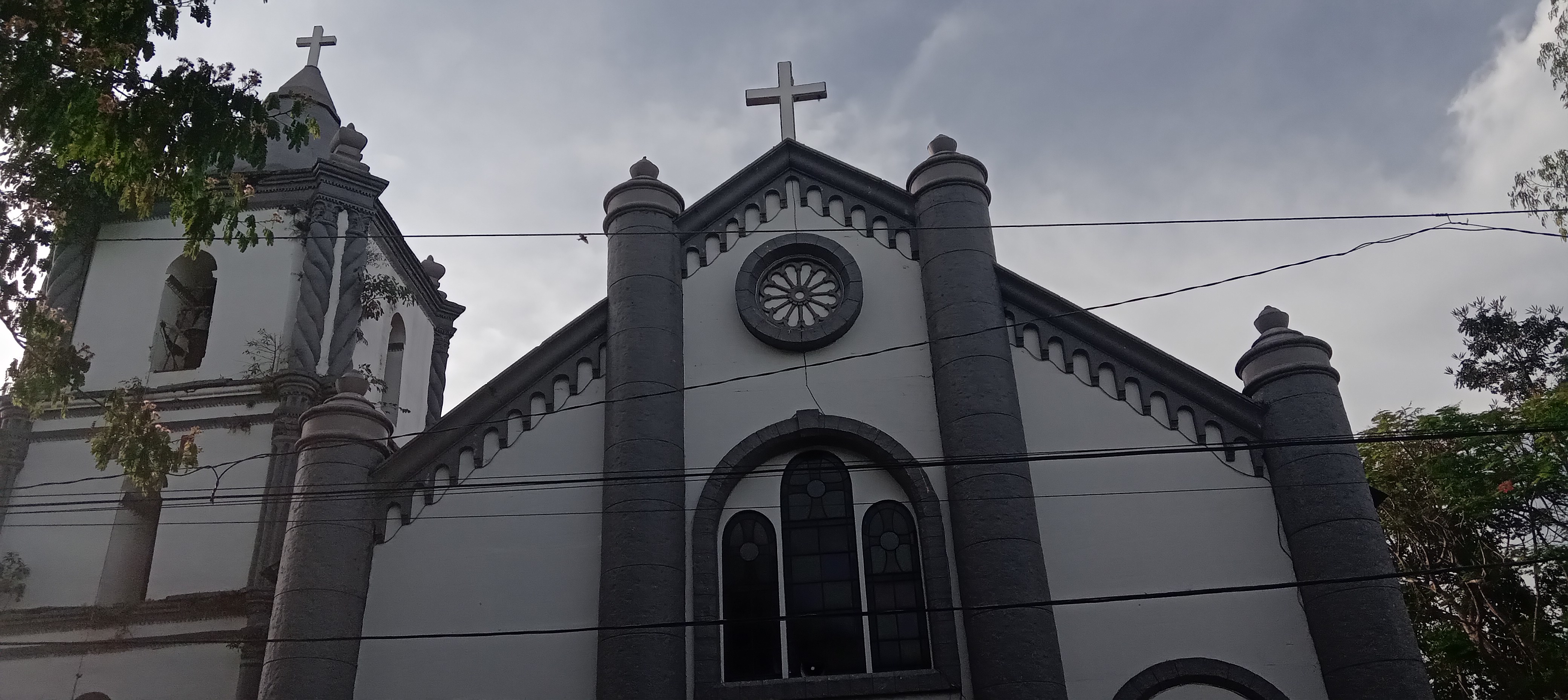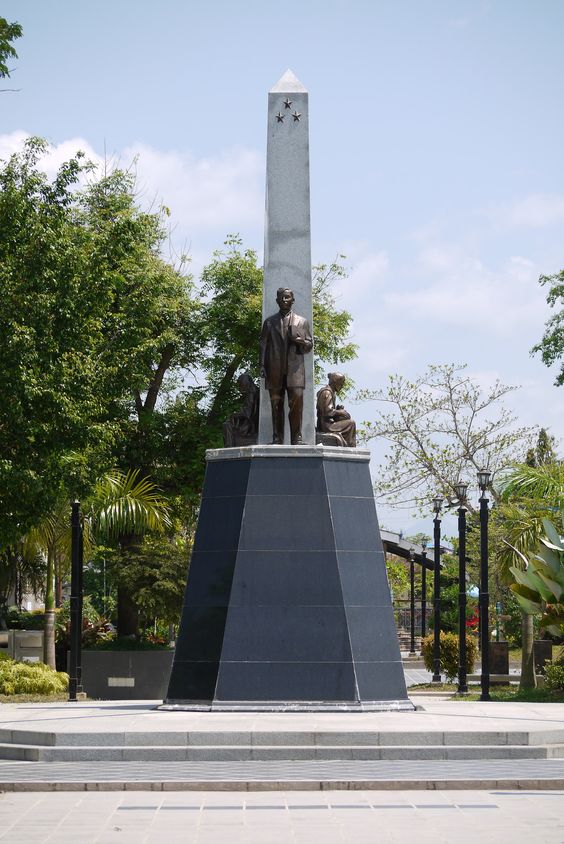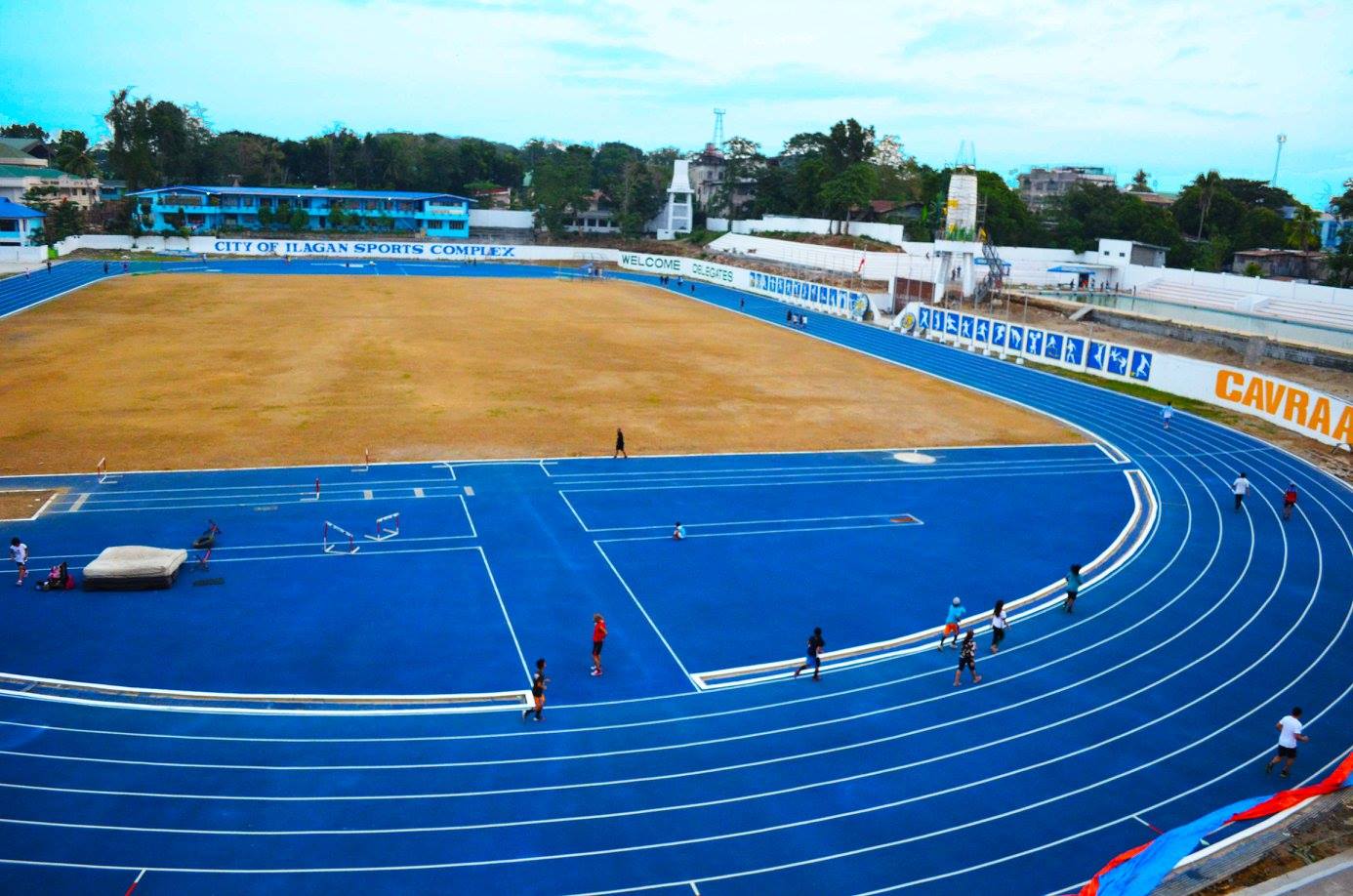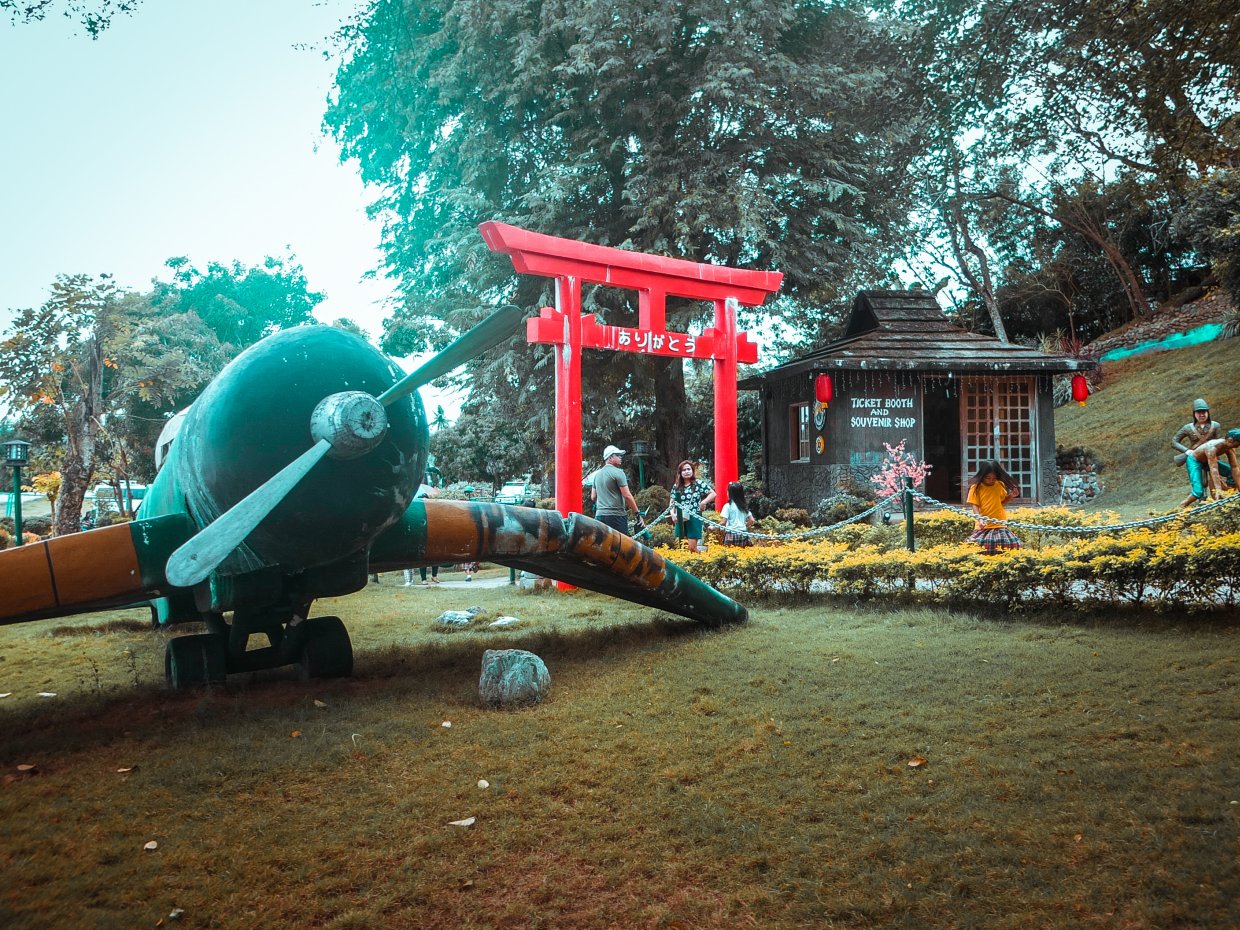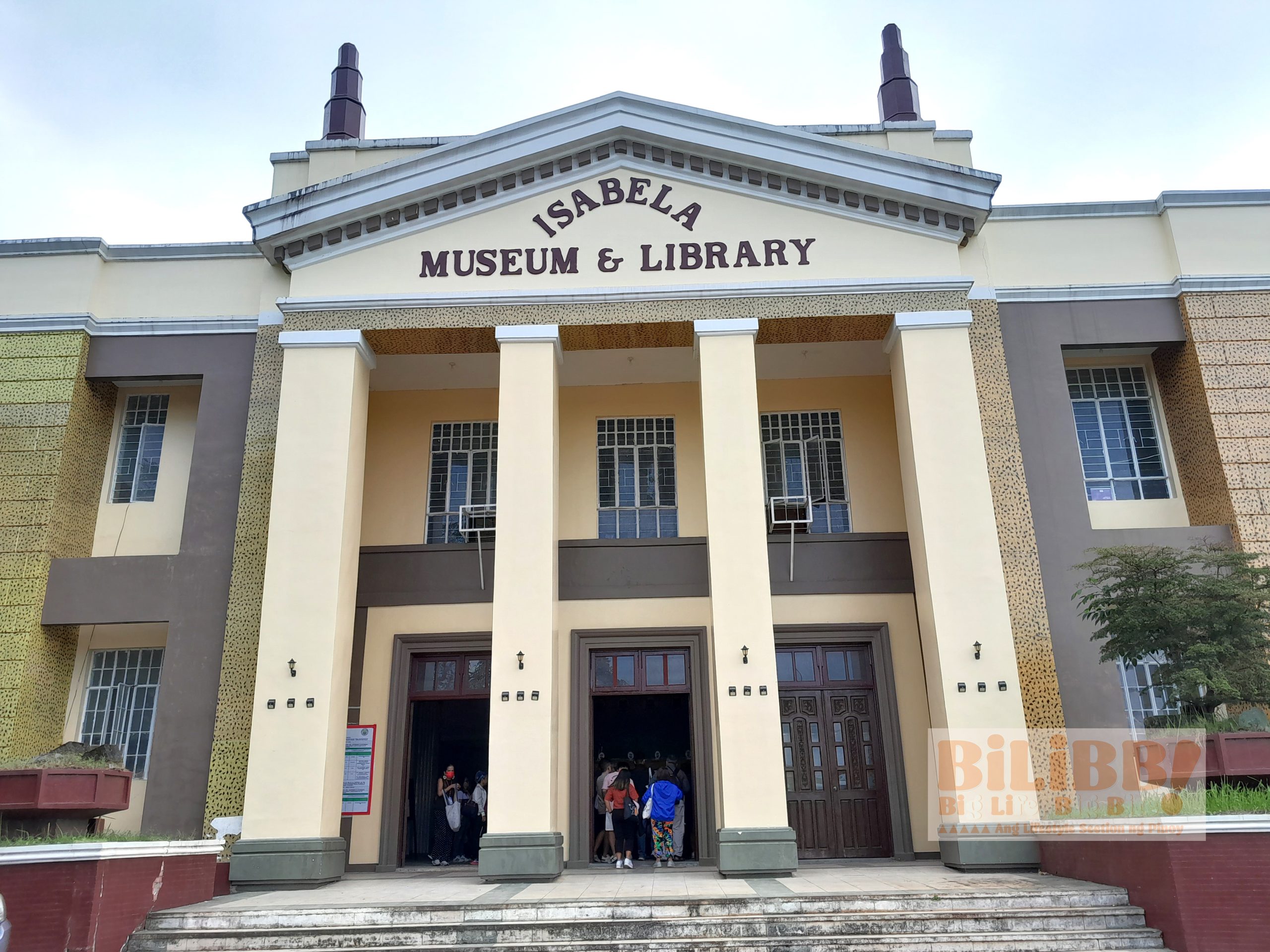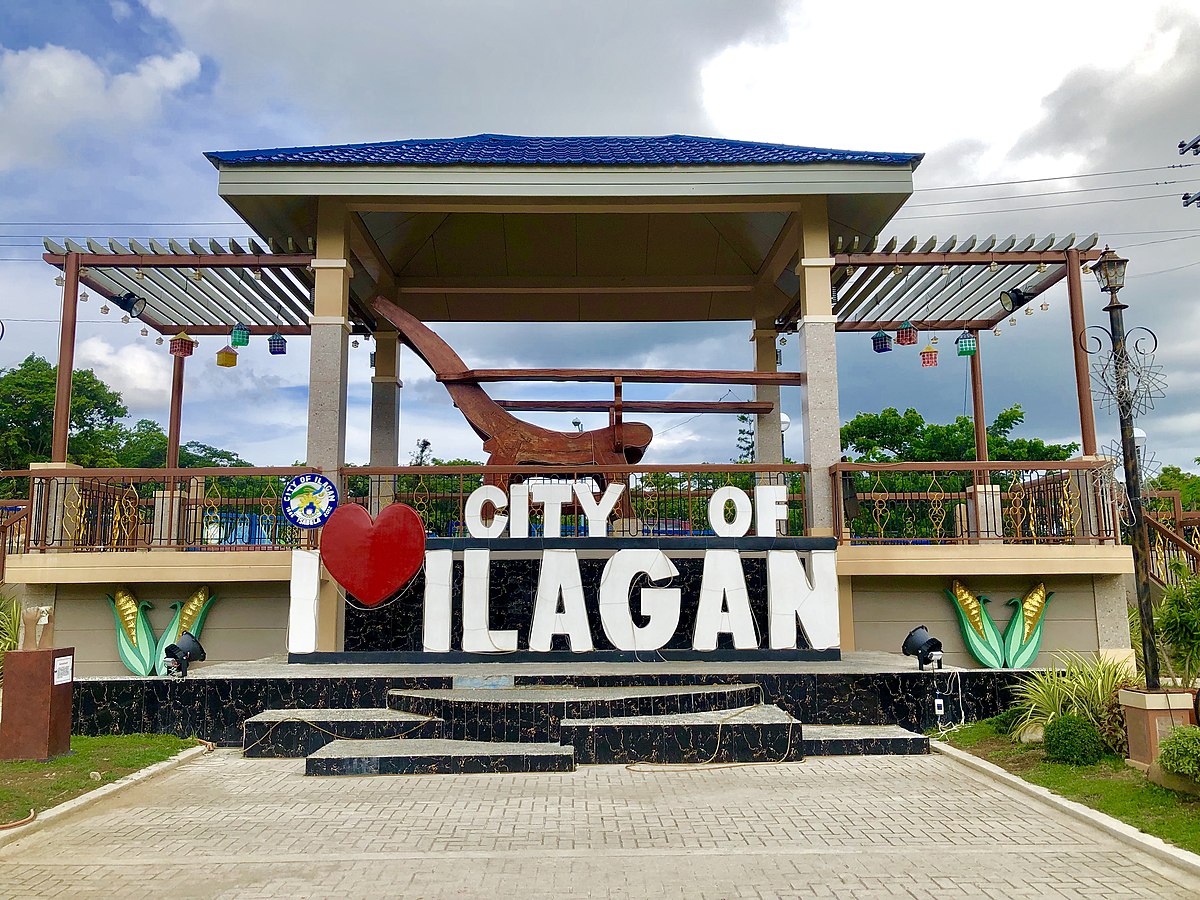Welcome to Ilagan City in Isabela, and welcome to Anthro on Foot's walking tour! This is a self-paced
walking
tour that features key heritage sites and cultural highlights in the area. We hope you enjoy this tour
as much as
we enjoyed curating it!
The region's habitation traces back 26,000 years, encompassing Aetas, Indonesians, Malays, and the
19th-century migration of Ilocanos.
The Gaddang and the Ibanag are among the local ethnolinguistic communities that have called the
area home for centuries.
These groups were engaged in subsistence agriculture, cultivating crops such as rice, corn, and
root crops. Fishing and hunting have also always been important activities.
Indigenous societies in Ilagan have their own social structures, often organized around kinship
ties and community cooperation. Leadership was in the hands of local rulers who played vital roles
in decision-making and conflict resolution.
The arrival of Spanish colonizers in the 16th century marked a significant turning point in the
history of Ilagan. The imposition of foreign rule brought about changes in governance, culture, and
religion.
Ilagan's etymology is subject to two interpretations, with the more widely embraced one proposing
that Ilagan is a reversal of the Ibanag term NAGALI, signifying MOVED. This nomenclature arose from
the relocation of the capital from Naguilian Baculod, a barrio across the Cagayan River, to its
current location due to economic and security considerations. An alternative perspective, presented
by Fr. Julian Malumbres in La Historia del Isabela, suggests that the name is derived from the
Ibanag word Laga, meaning smallpox, potentially linked to the disease that spread out at the time of
the town's foundation.
